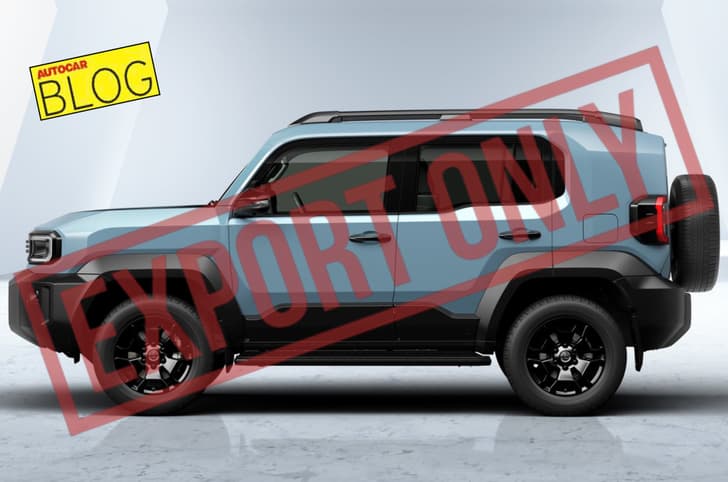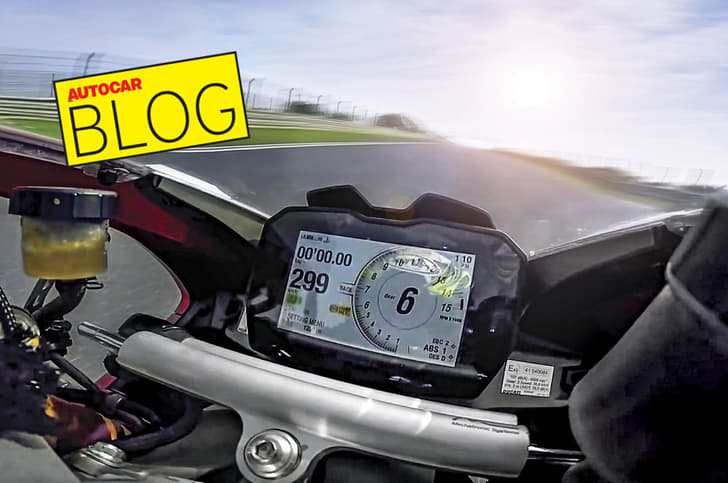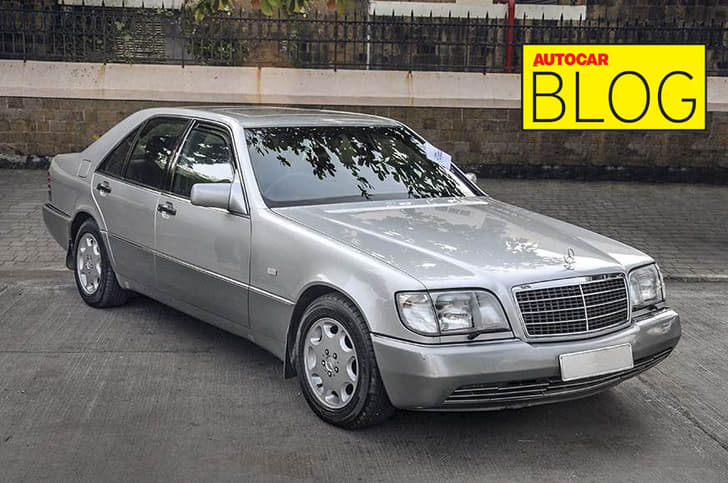The past few months have seen a steady stream of BS6 two-wheeler launches/unveils, and almost every one of them has seen a small loss in power and torque. Why is this happening, and why didn’t we see anything as dramatic during the switch from BS3 to BS4? The reason is because BS6 demands a huge step up in terms of emissions control, so much so that nearly every manufacturer has had to switch from carburettors to the more finely controllable fuel-injection (FI) systems. But simply moving to FI isn’t the only cost factor, and another big price implication to consider is the extra precious metal required in the exhaust catalytic converter.
To make a rather broad generalisation, engines that produce more power require more catalyst material. When your motorcycle is a premium machine, raising the price by a few thousands doesn’t really hurt, and that’s why most of the performance-oriented machines from TVS, KTM and others seem to be retaining their power figures. But when you operate at the cutting edge of frugal engineering, every rupee counts, and so these manufacturers found themselves looking at a price-to-performance ratio that was extremely tricky to balance out.
Most seem to have concluded that the riding experience for customers is more important than the specifications on paper. And that riding experience lies largely in the shape and altitude of the engine’s torque curve. With the switch to BS6, everyone seems to be trying to smooth their engine’s power delivery and bring the torque curve lower down in the rev range to where the engines are operating more efficiently. Doing so results in more efficient combustion, which results in fewer emissions for the catalyst material to clean up – i.e. less catalyst material required! Stronger performance at lower RPMs will keep the target customers happy as well. Manufacturers like Honda have developed entirely new small-capacity engines to meet this objective.
Chatting with company officials reveals just how challenging this process was. For example, exhaust back pressure from all that catalyst material, and even the additional electrical load from addition of an FI system can have an effect, and this will be more noticeable on small engines.
Then there’s the fact that engines have traditionally been tuned to run very lean in India and this is one of the reasons why our fuel-efficiency numbers are so good. We could get away with this because India largely has the same topographic and weather conditions. However, lean burning causes more NOx emissions, so we now have to move closer to stoichiometric (or perfect) combustion where all the fuel is burnt. More fuel is burnt in this process, which will result in a small drop in fuel efficiency, but then again, that should be offset by the lowered torque curves.
It’s all quite fascinating and if you’re out there riding a new BS6 two-wheeler, it's nice to know just how much work has gone into making sure you have a cleaner form of transport.



























